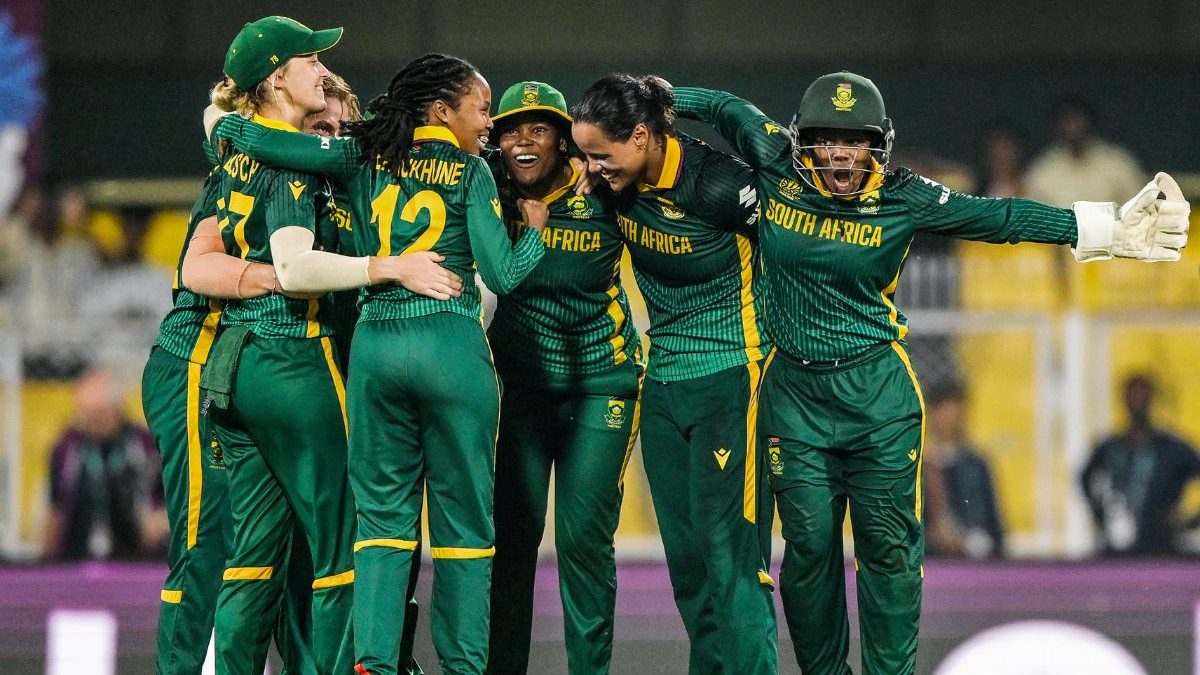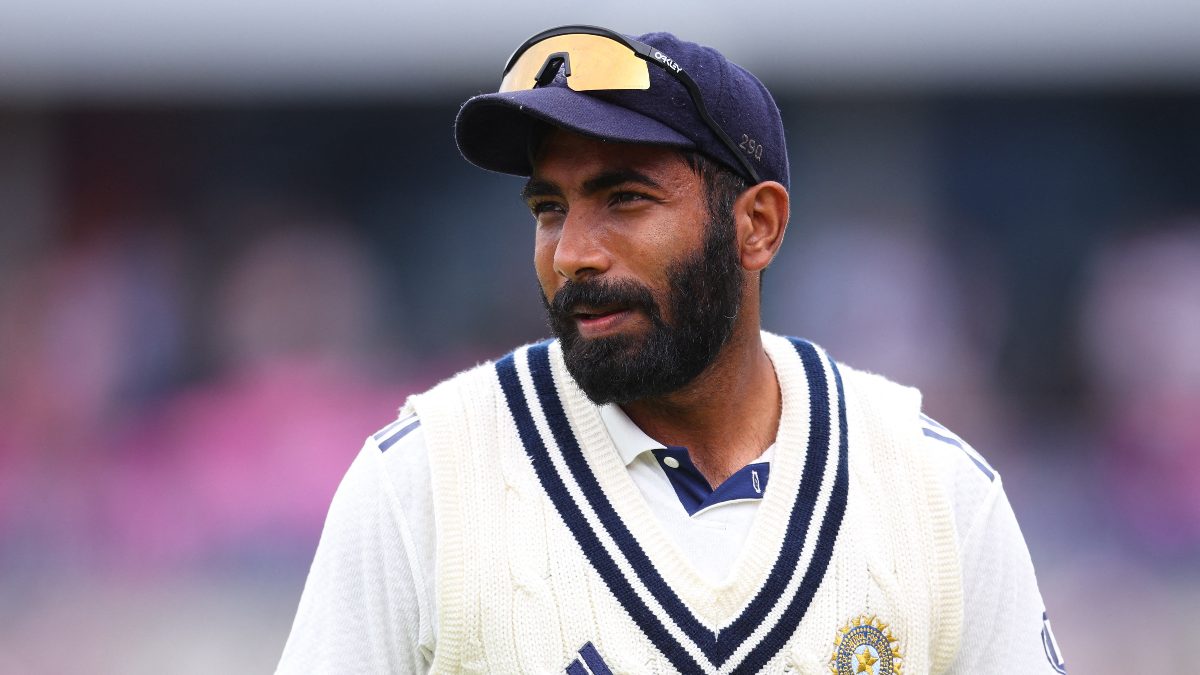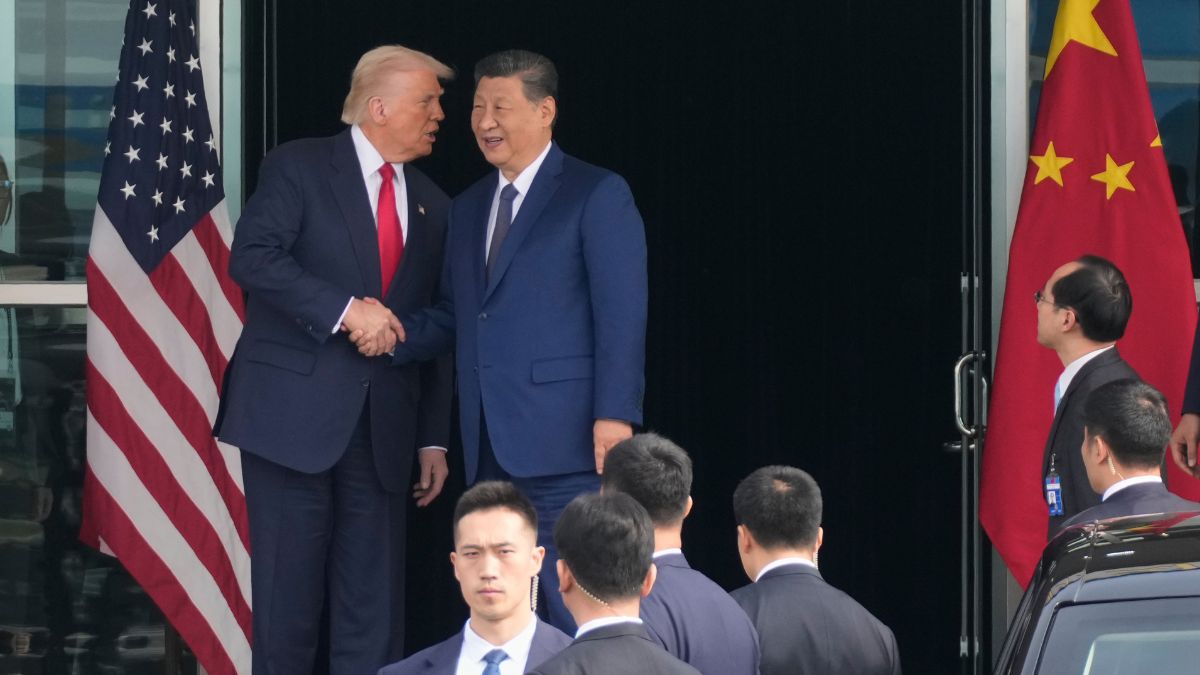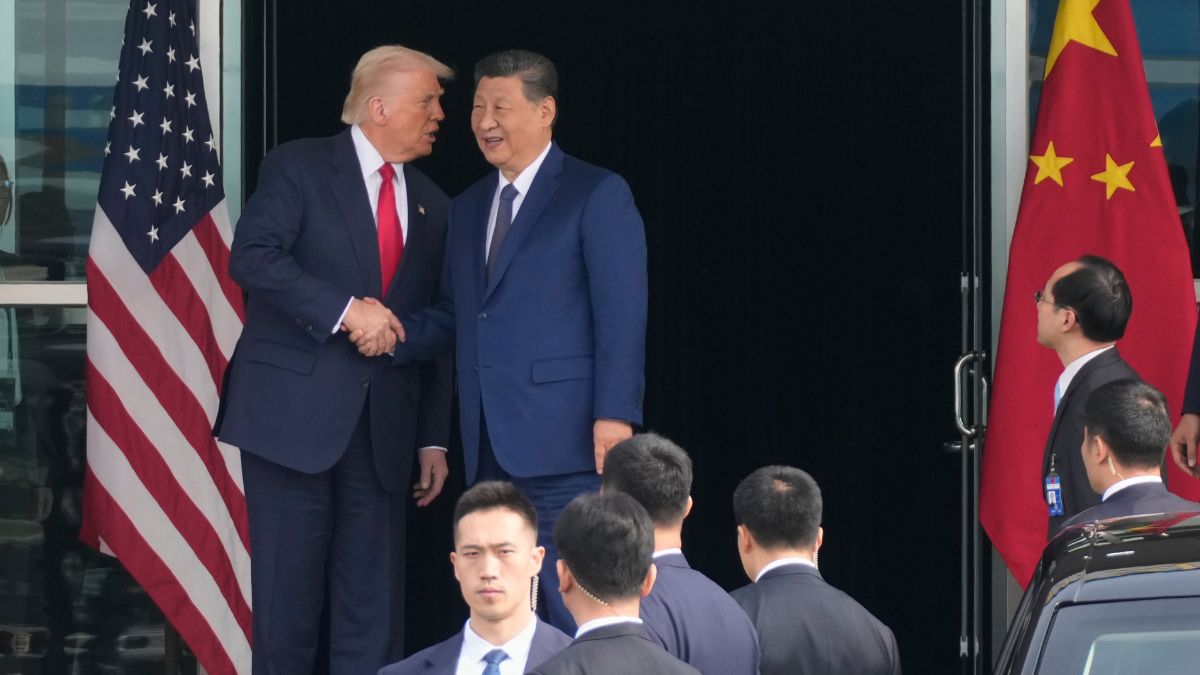A year ago, the South African women’s team were in a World Cup final. It was the T20 variant, and it was in the UAE. A year before that, they were also in the final. That too in front of their fans. A year prior to that, South Africa were in the semi-final of the ODI World Cup. Trying to take that final step.
They were thunderously thwarted by England in Christchurch, and that was on the back of a more gut-wrenching iteration five years ago in the United Kingdom, when South Africa, crestfallen, saw their hopes whisked away by (yes, you guessed it) England.
Familiar territory, unfamiliar stakes
It is 2025 now. And South Africa are in another World Cup final. Not very unfamiliar land. Especially given what has happened lately. But uncharted territory because they had, before Wednesday, NEVER been in the final of the women’s ODI World Cup.
And that means there will be nerves come Sunday. That nagging sense of pressure. Of not wanting to let this opportunity go. Of wanting to quench their thirst for an ICC title on the women’s side, and of wanting to prove that they, after so many previous run-ins, are no longer the nearly team.
Laura Wolvaardt might feel those emotions a little more than the rest. Mostly because she is captain. But on Wednesday, she showed that she does not get overwhelmed by the occasion, and that the brighter the lights are, the glitzier her stroke-play is.
She did not enjoy a great start at this World Cup, getting dismissed in the second over against England and in the third against New Zealand. But a strong rear-guard showing against India injected the belief her faltering campaign needed. The runs have flowed since, and Wolvaardt has flowed since. Whenever that happens, South Africa breathe easy, and their batting unit seems as powerful as anyone else’s.
It is not a one-batter show, though. Far from it actually. Tazmin Brits, despite enduring an all-or-nothing campaign, remains attuned to the big occasion and to succeeding on it, like she did at the Women’s T20 World Cup in South Africa two years ago.
Impact Shorts
More ShortsKapp, the heartbeat of South Africa
Marizanne Kapp is not shabby with the willow either. And if anything, is just itching to seize a moment or a game at this World Cup with the bat. Legend has it that she has a penchant of turning up in the most telling of contests, and that adds another layer of class and danger to the batting line-up. Not to mention the damage Kapp can cause with the ball – new or old. At the top of the innings, or through the middle, or at the death. When on song, she is one of the more complete bowlers in the women’s game, and has a tendency to pick up wickets in a bunch and completely derail the opposition.
The other big South African strength is that they bat very deep. Against England in the semi-final, Nadine de Klerk, often their finisher extraordinaire at this tournament, batted at number nine. Chloe Tryon, among the runs and among South Africa’s cleanest ball-strikers, batted only a spot higher.
South Africa could have done with a few more runs from Anneke Bosch, Annerie Dercksen, Sinalo Jafta and Sune Luus, but each comes with a different skill-set, and each could, in conjunction with those around them, influence a game. Bosch, like Brits, Kapp and Wolvaardt, has knock-out pedigree too (just ask Australia).
That said, the only reason South Africa have Tryon and de Klerk at eight and nine, respectively, is because they are touch circumspect about their batting unit. Especially when batting first. Their firepower is unmistakable, and they are one of only three teams (Australia and India being the others) to have gone past 300 (twice) at this World Cup, and one of them was in a reduced 40-over game in Colombo, where run-scoring has been tedious.
But South Africa are also the only side (out of all eight) to have been bowled out for less than 100. Twice at that. And that, pretty much, seems to be their biggest weakness heading into the final and one they will want to conceal. More so because there will be tension due to the occasion, and there is a very reasonable chance that that could give way to something more tumultuous.
Both of those aforementioned collapses have been instigated by spin. Linsey Smith tore South Africa to shreds in Guwahati in the opening week, through her combination of drift and accuracy. Alana King then took it up a notch, bagging the best-ever bowling figures in the Women’s World Cup in Indore, with South Africa again unsure of whether to attack her or to play her out – in the end, doing neither.
India may not have a leg-spinner in their ranks, but if they persist with the combination that played against Australia, they will have two left-arm spinners. Neither bowls with the new ball, like Smith does, but both have a knack of deceiving batters in flight and attacking the stumps, like Radha Yadav did when she castled Ellyse Perry.
Bowling depth and death-over worries
The other area South Africa may be wary of is their bowling depth. De Klerk and Tryon are very handy options to have, but in an ideal world, South Africa may have wanted them to be their fifth and sixth bowlers, rather than their fourth and fifth, which will happen if they play the same side that featured against England.
There is also a slight question mark over who operates at the death. India have exploited that previously, and while that did not prove terminal on that day in Vishakhapatnam, it is something India will likely target again, especially on a much better pitch and a much higher-scoring ground in Navi Mumbai.
So, there is no denying South Africa house a few weaknesses. And that has been laid bare before at this World Cup too. But no team in the world, even the mighty Australia, are without weaknesses, and that should give South Africa encouragement – that they can, like they have done previously in this competition, mask those and ensure that only their strengths come through.
If that happens, they will have a darn good shot at beating any team on the planet. Let alone an Indian team that has not yet won a World Cup either, and will also be feeling the pinch and the pressure of expectation in the final.
And South Africa, having come so close on multiple occasions in the recent past, will feel they are now equipped with the right sort of experience too. Maybe not quite of knowing what wins finals or such knockout contests. But of knowing what might lose them another one, and especially of knowing what not to do.


)

)
)
)
)
)
)
)
)



